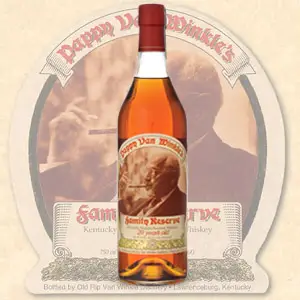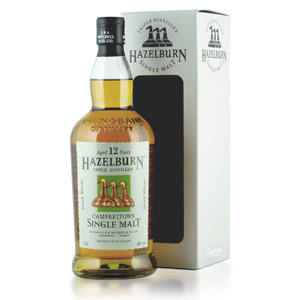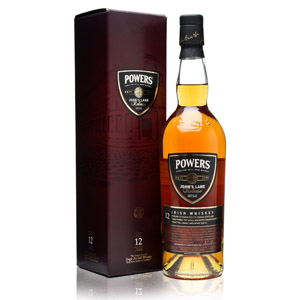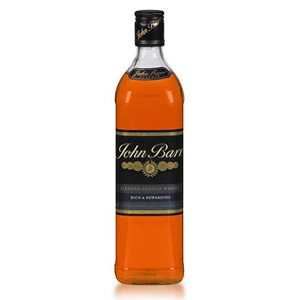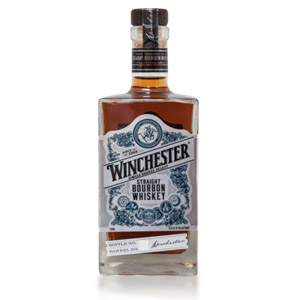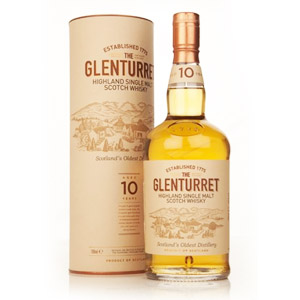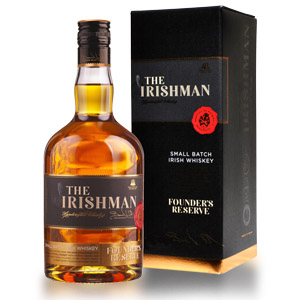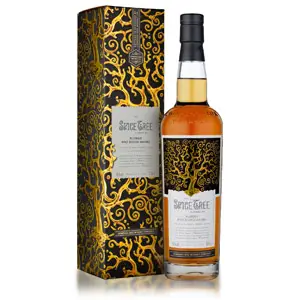Pappy Van Winkle’s Family Reserve Bourbon (20 year)
Shortly after I started this blog, a very (VERY) kind reader sent me a pair of Pappy samples. … The 20-year is bottled at 45.2% ABV (contrast with the 15-year at 53.5%). Most of the dismissive “too cool for Pappy” commentary on the ‘net would have you believe that the 20- and 23-year are overly oaky and that the 15-year is best.

